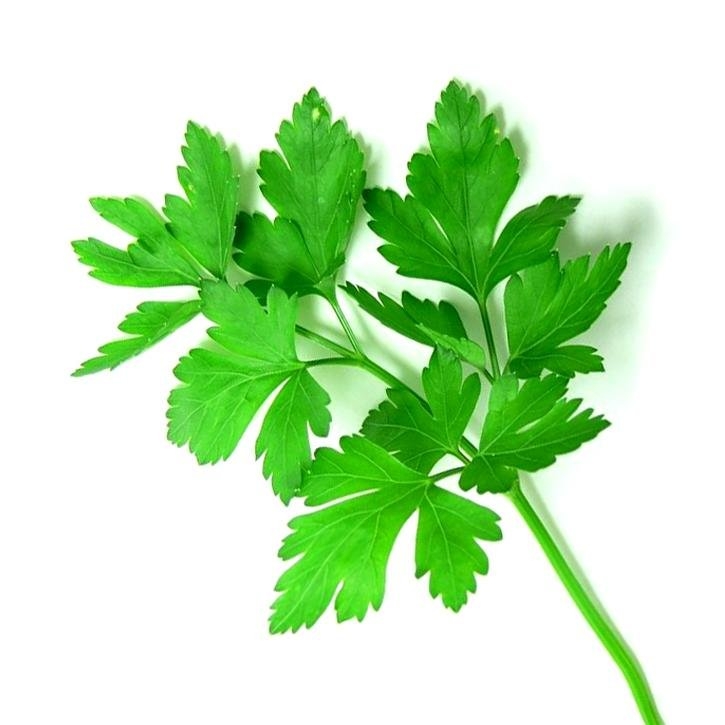It is probably original of the Eastern Mediterranean regions (east part of Europe or west side of Asia). Nowadays it is cultivated all around the world. It spontaneously grows in grassy places, on walls, rocks, hedgerows (Petrosilum means: grows amid rocks).
The ancient Greeks held parsley to be sacred, as it symbolized joy and entertainment. It was by the Middle Ages when the practice of using parsley as a garnish began. Charlemagne ordered its cultivation everywhere; that’s how it became an essential seasoning for vegetables.
Aerial parts, and sometimes, its fruits and root.
Internal use
External use
- Bruneton, J. (2001). Farmacognosia. Fitoquímica. Plantas medicinales. 2ª Edición. Acribia, S.A. Zaragoza.
- Cañigueral, S., Vila R., Wichtl M. (1998). Plantas medicinales y drogas vegetales para infusión y tisana. OEMF International. Barcelona.
- Chevallier, A. (1997). Enciclopedia de las Plantas Medicinales. Acento. Madrid.
- Lastra, J.J., Bachiller L.I. (1997). Plantas medicinales en Asturias y la Cornisa Cantábrica. Trea. Gijón (Asturias).
- Vanaclocha B., Cañigueral S. (eds.) (2003). Fitoterapia, Vademécum de Prescripción. Masson. Barcelona.
- Berdonces i Serra, J. Ll. (2001). Gran Enciclopedia de las Plantas Medicinales. Tikal. Madrid.
